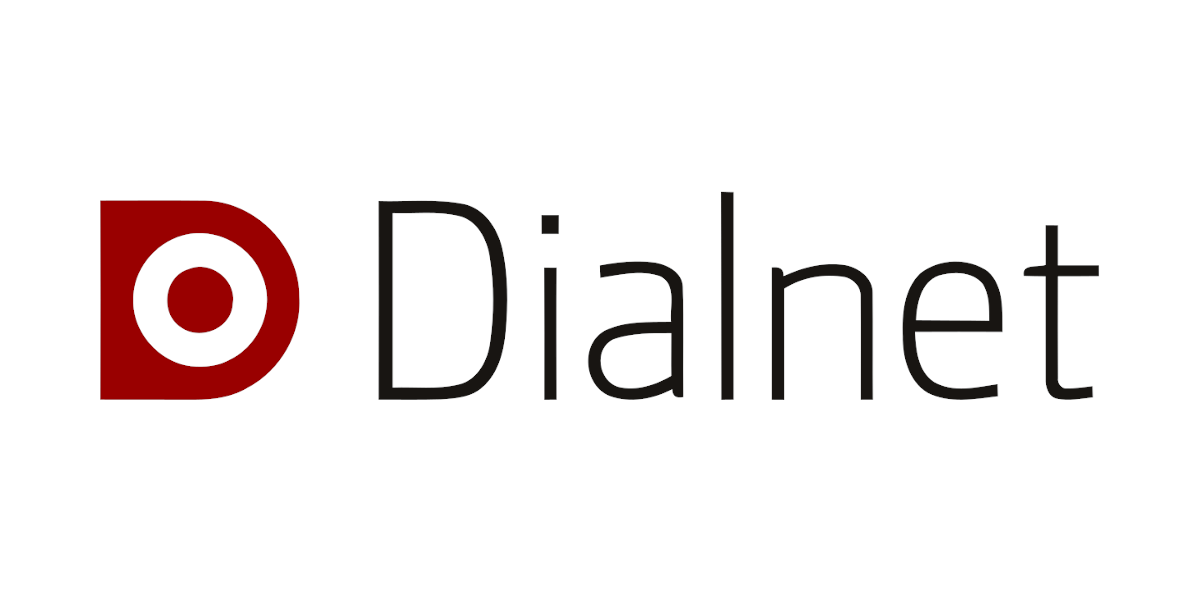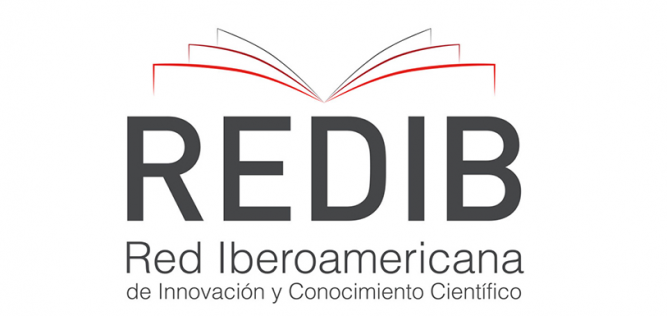From interaction to engagement: A study of the experience of visiting teenagers at the “Explora” exhibition at the Pavilhão do Conhecimento, in Lisbon
DOI:
https://doi.org/10.21814/rpe.21557Keywords:
Science museum, interactive exhibitions, young peopleAbstract
In this study, we aimed to understand how adolescents interact and engage in an interactive science exhibition and the learning experiences provided by the visit. Five groups of teenagers between 14 and 17 years old participated in the study, visiting, outside the school context, the long-term exhibition “Explora”, from the Pavilhão do Conhecimento – Centro Ciência Viva, in Lisbon (Portugal). The investigation is characterized by a case study combined with a quantitative and qualitative approach. The audiovisual records of the visits were analyzed with a protocol that combines theoretical and empirical aspects of the experience of visiting science centers. The results indicate that interactions and engagement were present, especially in episodes in which adolescents actively interact with the exhibition, with each other, and when they talk about how the exhibition works. It is also observed that there are initial conditions of interaction, which encouraged the cognitive engagement of young people by supporting the construction of meaning or the formation of some type of connection with the contents covered in the exhibition.
Downloads
References
Adams, M., & Moussouri, T. (2002). The interactive experience: Linking research and practice. In Proceedings of International Conference on Interactive Learning in Museums of Art and Design (1-22) Victoria and Albert Museum.
Allen, S. (2004). Designs for learning: Studying science museum exhibits that do more than entertain. Science Education, 88(S1), 17-33. https://doi.org/10.1002/sce.20016
Archer, L., Dawson, E., Seakins, A., & Wong, B. (2016). Disorientating, fun or meaningful? Disadvantaged families’ experiences of a science museum visit. Cultural Studies of Science Education, 11, 917-939. https://doi.org/10.1007/s11422-015-9667-7
Azevedo, R. (2015). Defining and measuring engagement and learning in science: Conceptual, theoretical, methodological, and analytical Issues. Educational Psychologist, 50(1), 84-94. https://doi.org/10.1080/00461520.2015.1004069
Bamberger, Y., & Tal, T. (2007). Learning in a personal context: Levels of choice in a free choice learning environment in science and natural history museums. Science Education, 91(1), 75-95. https://doi.org/10.1002/sce.20174
Bell, P., Lewenstein, B., Shouse, A. W., & Feder, M. A. (2009). Learning science in informal environments: People, places, and pursuits. The National Academies Press.
Block, F., Hammerman, J., Horn, M., Spiegel, A., Christiansen, J., Phillips, B., Diamond, J., Evans, E. M., & Shen, C. (2015). Fluid grouping: Quantifying group engagement around interactive tabletop exhibits in the wild. In Proceedings of the 33rd Annual ACM Conference on Human Factors in Computing Systems (pp. 867-876). https://doi.org/10.1145/2702123.2702231
Dancstep (née Dancu), Toni and Lisa Sindorf. 2016. Exhibit Designs for Girls’ Engagement: A Guide to the EDGE Design Attributes. San Francisco: Exploratorium.
DeWitt, J., & Storksdieck, M. (2008). A short review of school field trips: Key findings from the past and implications for the future. Visitor Studies, 11(2), 181-197. https://doi.org/10.1080/10645570802355562
DeWitt, J., Nomikou, E., & Godec, S. (2019). Recognising and valuing student engagement in science museums. Museum Management and Curatorship, 34(2), 183-200. https://doi.org/10.1080/09647775.2018.1514276
Ellenbogen, K. M. (2002). Museums in family life: An ethnographic case study. In G. Leinhardt, K. Crowley, & K. Knutson (Eds.), Learning conversations in museums (pp. 81-101). Lawrence Erlbaum Associates.
European Comission. (2008). Young people and science: Analytical report. https://rri-tools.eu/-/young_people_library_elemt
European Commission. (2004). Europe needs more scientists: Report by the High Level Group on increasing human resources for science and technology in Europe. Brussels. https://www.researchgate.net/publication/259705752
Falk, J. H., & Dierking, L. D. (2010). The 95 percent solution: School is not where most Americans learn most of their science. American Scientist, 98(6), 486-493. https://doi.org/10.1511/2010.87.486
Fortus, D. (2014). Motivation and the learning of science. In R. Gunstone (Ed.), Encyclopedia of science education (pp.1-4). Springer.
Fredricks, J. A., Blumenfeld, P. C., & Paris, A. H. (2004). School engagement: Potential of the concept, state of the evidence. Review of Educational Research, 74(1), 59-109. https://doi.org/10.3102/00346543074001059
Garcia, J. L., Ramalho, J., & Silva, P. A. (2016). O público da Rede Nacional de Centros de Ciência Viva – Relatório final. Instituto de Ciências Sociais, Universidade de Lisboa.
Gutwill, J. P., Hido, N., & Sindorf, L. (2015). Research to practice: Observing learning in tinkering activities. Curator: The Museum Journal, 58(2), 151-168. https://doi.org/10.1111/cura.12105
Haywood, N., & Cairns, P. (2006). Engagement with an interactive museum exhibit. In T. McEwan, J. Gulliksen, & D. Benyon (Eds.), People and computers XIX – The bigger picture (113-129). Springer.
Heath, C., Lehn, D(. V., & Osborne, J. (2005). Interaction and interactives: Collaboration and participation with computer-based exhibits. Public Understanding of Science, 14(1), 91-101. https://doi.org/10.1177/0963662505047343
Humphrey, T., & Gutwill, J. P. (2005). Fostering active prolonged engagement: The art of creating APE exhibits. Exploratorium. https://www.researchgate.net/publication/40010618
Humphrey, T., Gutwill, J. P., & The Exploratorium APE Team (2005). Fostering active prolonged engagement: The art of creating APE exhibits. Walnut Creek, CA: Left Coast Press.
Johnson, R. B., & Onwuegbuzie, A. J. (2004). Mixed methods research: A research paradigm whose time has come. Educational Researcher, 33(7), 14-26. https://doi.org/10.3102/0013189X033007014
Jolly, E., Campbell, P. B., & Perlman, L. K. (2004). Engagement, capacity and continuity: A trilogy for student success. GE Foundation.
Lahlou, S. (2011). How can we capture the subject’s perspective? An evidence-based approach for the social scientist. Social Science Information, 50(3-4), 607-655. https://doi.org/10.1177/0539018411411033
Lei Federal n.º 8.069, de 13 de julho de 1990. –Dispõe sobre o estatuto da criança e do adolescente e dá outras providências. https://www.planalto.gov.br/ccivil_03/leis/l8069.htm
Massarani, L., Fazio, M. E., Rocha, J. N., Dávila, A., Espinosa, S. & Bognanni, F. A. (2019). La interactividad en los museos de ciencias, pivote entre expectativas y hechos empíricos: El caso del Centro Interactivo de Ciencia y Tecnología Abremate (Argentina). Ciência & Educação, 25(2), 467-484. https://doi.org/10.1590/1516-731320190020012
Massarani, L., Poenaru, L. M., Rocha J. N., Rowe, S. & Falla, S. (2019): Adolescents learning with exhibits and explainers: The case of Maloka. International Journal of Science Education, 9(3), 253-267. https://doi.org/10.1080/21548455.2019.1646439
Massarani, L., Reznik, G., Rocha, J. N., Falla, S., Rowe, S., Martins, A. D., & Amorim, L. H. (2019). A experiência de adolescentes ao visitar um museu de ciência: Um estudo no Museu da Vida. Ensaio: Pesquisa em Educação em Ciências, 21, e10524. https://doi.org/10.1590/1983-21172019210115
Massarani, L., Rocha, J. N., Poenaru, L. M., Bravo, M., Singer, S., & Sánchez, E. (2020): O olhar dos adolescentes em uma visita ao Museo Interactivo de Economía (MIDE), México. Revista Iberoamericana de Ciencia, Tecnología y Sociedad, 15(44),173-195. http://ojs.revistacts.net/index.php/CTS/article/view/163
McCallie, E., Bell, L., Lohwater, T., Falk, J. H., Lehr, J. L., Lewenstein, B. V., Needham, C., & Wiehe, B. (2009). Many experts, many audiences: Public engagement with science and informal science education. A CAISE Inquiry Group Report, 1. Center for the Advancement of Informal Science Education.
Meisner, R., vom Lehn, D., Heath, C., Burch, A., Gammon, B., & Reisman, M. (2007). Exhibiting performance: Co-participation in science centres and museums. International Journal of Science Education, 29(12), 1531-1555. https://doi.org/10.1080/09500690701494050
Organización de Estados Iberoamericanos para la Educación, la Ciencia y la Cultura. (2010). Metas educativas 2021: La educación que queremos para la generación de los bicentenarios [Documento final de síntesis]. https://www.redage.org/sites/default/files/adjuntos/metas2021-2.pdf
Osborne, J., & Dillon, J. (2007). Research on learning in informal contexts: Advancing the field? International Journal of Science Education, 29(12), 1441-1445. https://doi.org/10.1080/09500690701491122
Panizzon, D. (2014). Interests in science. In R. Gunstone (Ed.), Encyclopedia of science education (pp. 1-2). Springer.
Polino, C. (Comp.). (2011). Los estudiantes y la ciencia: Encuesta a jóvenes iberoamericanos. Organización de Estados Iberoamericanos para la Educación, la Ciencia y la Cultura. https://oei.int/publicaciones/los-estudiantes-y-la-ciencia-encuesta-a-jovenes-iberoamericanos
Reiss, M. J., Billingsley, B., Evans, E. M., Kissel, R. A., Lawrence, M., Munro, M., Mujtaba, T., Oliver, M., Pickering, J., Sheldrake, R., Shen, C., Stott, J., & Veall, D. (2016). The contribution of natural history museums to science education [Report]. https://doi.org/10.13140/RG.2.1.1797.3361
Rotgans, J. I., & Schmidt, H. G. (2011). Cognitive engagement in the problem-based learning classroom. Advances in Health Sciences Education, 16, 465-479. https://doi.org/10.1007/s10459-011-9272-9
Schwan, S., Grajal, A., & Lewalter, D. (2014). Understanding and engagement in places of science experience: Science museums, science centers, zoos, and aquariums. Educational Psychologist, 49(2), 70-85. https://doi.org/10.1080/00461520.2014.917588
Sha, L., Schunn, C., & Bathgate, M. (2015). Measuring choice to participate in optional science learning experiences during early adolescence. Journal of Research in Science Teaching, 52(5), 686-709. https://doi.org/10.1002/tea.21210
Shaby, N., Assaraf, O. B. Z., & Tal, T. (2017). The particular aspects of science museum exhibits that encourage students’ engagement. Journal of Science Education and Technology, 26, 253-268. https://doi.org/10.1007/s10956-016-9676-7
Shaby, N., Assaraf, O. B. Z., & Tal, T. (2019). An examination of the interactions between museum educators and students on a school visit to science museum. Journal of Research in Science Teaching, 56(2), 211-239. https://doi.org/10.1002/tea.21476
Spinney, J. (2015). Close encounters? Mobile methods, (post)phenomenology and affect. Cultural Geographies, 22(2), 231-246. https://doi.org/10.1177/1474474014558988
Stuckey, M., & Eilks, I. (2014). Increasing student motivation and the perception of chemistry's relevance in the classroom by learning about tattooing from a chemical and societal view. Chemistry Education Research and Practice, 15(2), 156-167. https://doi.org/10.1039/C3RP00146F
Wagensberg, J. (2001). Principios fundamentales de la museología científica moderna. Metròpolis Mediterrània, 55, 22-24. https://ocw.ehu.eus/pluginfile.php/53801/mod_resource/content/1/Wagensberg_2001.pdf
Yin, R. K. (2001). Estudo de caso: Planejamento e métodos. Bookman.
Downloads
Published
How to Cite
Issue
Section
License
Copyright (c) 2022 Portuguese Journal of Education

This work is licensed under a Creative Commons Attribution-ShareAlike 4.0 International License.
1. The authors preserve their authorship and grant the Portuguese Journal of Education the right to the first publication. The work is licensed under Creative Commons Attribution License that allows sharing the work with the acknowledgment of initial authorship and publication in this Journal.
2. The authors have the right to take additional contracts separately, for non-exclusive distribution of the published version of their work (e.g. to deposit in an institutional repository or as a book chapter), acknowledging the initial authorship and publication in this Journal.
3. The authors have the permission and are stimulated to post their work online (e.g. in an institutional repository or on their personal website). They can do this at any phase of the editorial process, as it may generate productive changes, as well as increase impact and article citation (see The Open Citation Project).
The work is licensed under Attribution-ShareAlike 4.0 International (CC BY-SA 4.0)




















